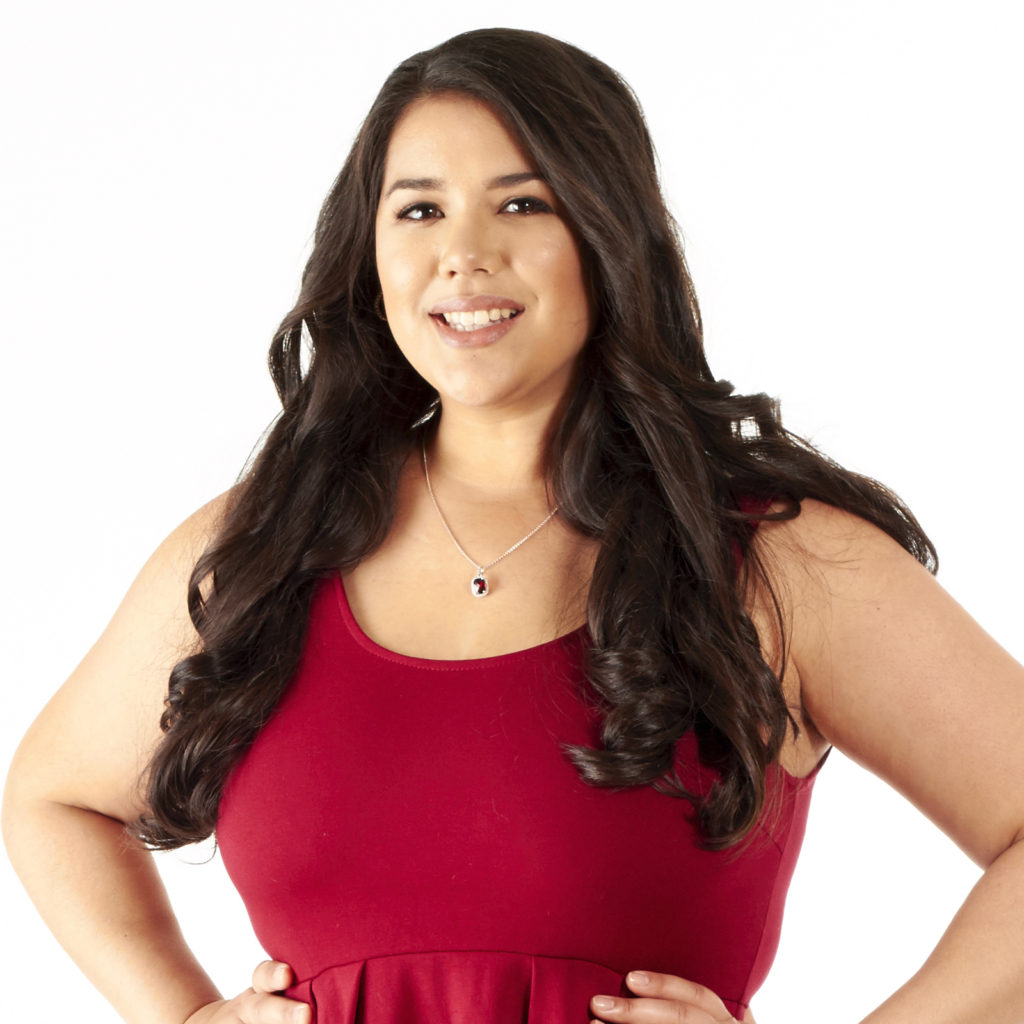I rarely talk about my nonfiction process, but I’ve noticed that I approach nonfiction so differently than other people I see. And I think it is the reason I have had sustained success at it. I have two fiction pen names (Monica Leonelle and Monica Grace) and they reach two very different audiences. (Though I hope to weave them together in the future!) I find it interesting to watch how each has grown over the years and how my strategy greatly differs from what some others in the same industry seem to do.
Build the Body of Work, Then Bring it to the Audience
What I notice about myself is that I build the body of work, usually recruit a few initial people to offer feedback (by a few I mean 500 people or less), then I let more people know about it and build the audience for it.
I do this by launching a book on Kickstarter or my own website, and I’ve also done it by running a beta for a course or program. I’m lucky that my co-author and business partner Russell Nohelty is very much of the same mind and approach.
By the time the bigger audience gets there, the content is so solid and works so well for them. It grows quickly, and I just spend my time nurturing the body of work rather than trying to create it.
Why Working For Free Takes Longer
I see others follow a different pattern—help others for free for a long time, hear and answer the basic questions over and over again, and then try to transition to paid offerings, but get burned out or overwhelmed on creating things like courses or books.
Others make free the center of their business and hope to be fed on the 3% that may convert to paid, which is the opposite of what I do. Instead, I make paid the center of my business, try to get a few thousand people to pay for my expertise (usually through a course), and let everyone else self-select into the book, the free resources, or even out of my peripheral.
The problem with free is, it’s tiring, it’s thankless, and it’s shallow.
For the first two, it’s hard to even sustain yourself through that period of building your audience without completely burning out your health or energy.
For the third one, even when someone does get around to making paid content, that content does not go deep enough to attract the full spectrum of the audience (beginner to advanced). A free audience is by its nature a shallow one. And often, what a free audience wants is a gold star and pat on the head, while what a paid audience wants is faster results.
If you make paid the center of your business, you get paid a sustainable amount to create the content, then you get paid a ton to market it. You get to the tipping point on it so much faster, and you keep growing.
That is my experience, at least!
Now Fiction Authors Can Get In on the Fun Too
Fiction authors don’t tend to have the same challenges as nonfiction authors around free content. But I do think this is instructional for those who are excited about direct sales—selling through crowdfunding, websites, and at live events and signings.
With direct sales, it’s becoming common for fiction authors to get paid to create the book—usually through a Kickstarter launch or an ongoing subscription on Ream, Patreon, or Substack. I think it’s important, because authors do need to get paid to build the content, and then also get paid to find new audiences for it.
It’s definitely an approach that is familiar and comfortable to me, and one that I plan to take!

